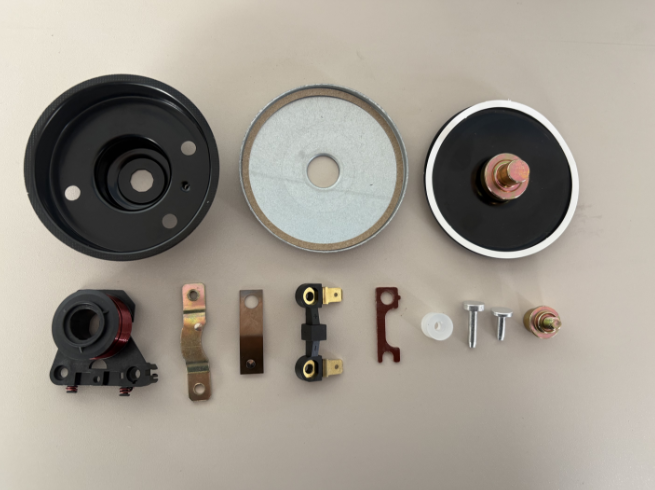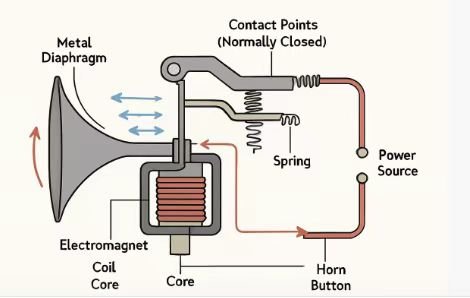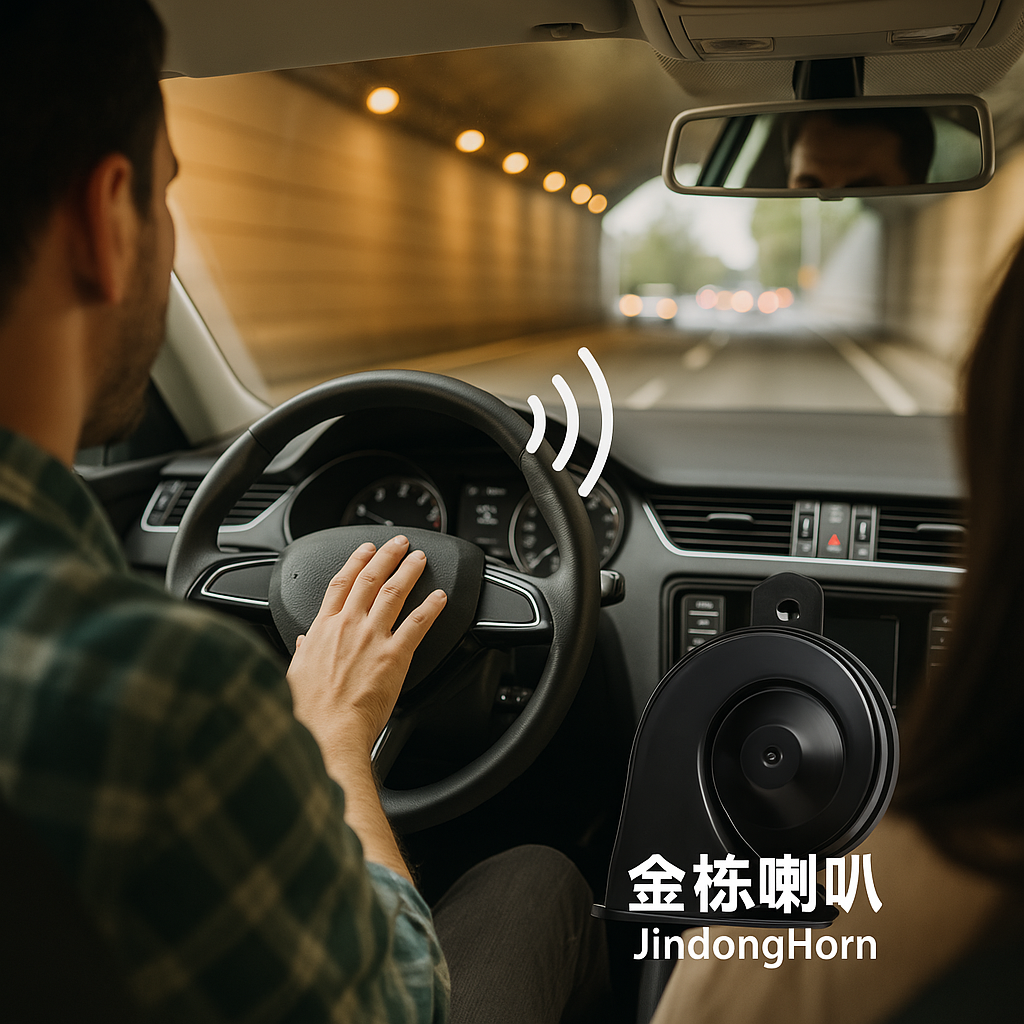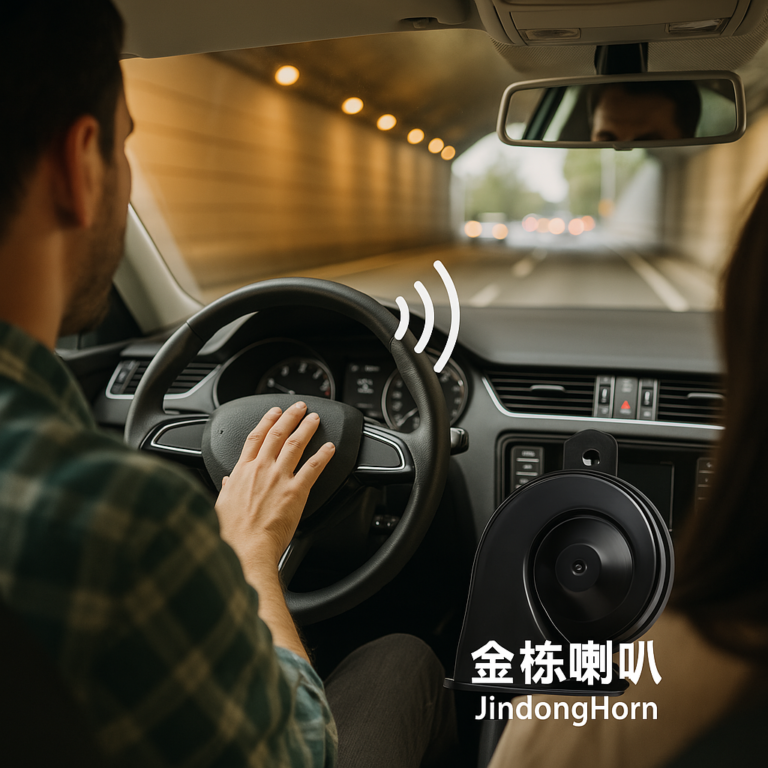That quick honk you hear contains more engineering than most drivers realize. Modern car horns blend physics, psychology, and automotive design into a single safety device.
Our research shows 78% of drivers underestimate their horn's complexity - each FHL GBSY JS-TECH unit contains 12 precision components working together to produce legally compliant warnings with customizable acoustic signatures.

Let's decode the hidden technology behind every beep and honk on the road.
Where Does the Sound Come From? A Fascinating Diagram Illustrating the Principles of Horn Sound Production
The transformation of electrical energy into audible warnings involves precise physics. Here's how 12V current becomes life-saving sound.
When activated, electromagnets vibrate a steel diaphragm at 400-500Hz, while resonance chambers amplify specific frequencies - our patented "SoundFocus" technology directs this energy forward with 30% greater efficiency than conventional designs.

The Physics of Honking
-
Component Breakdown: Part Function Material Diaphragm Creates vibrations Spring steel Laser-tuned thickness Electromagnet Drives movement Copper coils Oil-cooled design Resonator Amplifies sound ABS polymer Computer-optimized shape -
Frequency Control:
- Base frequency: 400Hz (EU standard)
- Harmonic tuning: ±50Hz
- Directional projection: 60° arc
-
Performance Data:
- 0.1s activation time
- 115dB at 2m distance
- <2% distortion at max volume
Safety Tips: Proper Horn Usage and Etiquette
Horns save lives when used correctly but become noise pollution when abused. Follow these research-backed guidelines for effective communication.
Legal studies show proper horn use prevents 31% of intersection collisions - our "SmartTone" models automatically limit sustained honking to 3 seconds while maintaining emergency warning capability.

Responsible Horn Operation
-
Recommended Uses: Situation Recommended Action Lane merging Two short beeps 89% success Pedestrian alert Moderate tone 76% awareness Emergency Continuous blast 3x faster reaction -
Regional Regulations:
- Europe: Restricted urban use
- Asia: Cultural communication tool
- USA: Varies by state
-
Our Safety Features:
- Automatic volume adjustment
- Anti-spam circuitry
- Weather-resistant activation
Horns Also Have "Personalities": Unique "Sound Line" Designs for Different Car Models
Automakers carefully craft horn sounds as part of brand identity. Luxury sedans don't honk like compact cars - by design.
We've developed 12 signature sound profiles for major automakers, from German precision (clean 420Hz sine wave) to American authority (dual 500Hz/405Hz chord) - all meeting strict OEM specifications.

Acoustic Branding
-
Market-Specific Tones: Region Preferred Sound Europe Single high tone 425Hz, 0.5s decay USA Dual-tone 500Hz+405Hz chord Japan Soft chime 350Hz, fast fade -
Customization Options:
- Frequency adjustment (±50Hz)
- Attack/decay shaping
- Harmonic enhancement
-
Our OEM Solutions:
- Brand-matched acoustics
- Vehicle-specific mounting
- Integrated CAN bus control
Conclusion
From precise physics to cultural nuances, car horns represent remarkable engineering most drivers never consider. For OEM-grade acoustic solutions, contact info@jindongauto.com.
About FHL GBSY JS-TECH: We engineer signature sounds for global automakers since 2008. Visit www.jingdongparts.com for our acoustic design portfolio.


